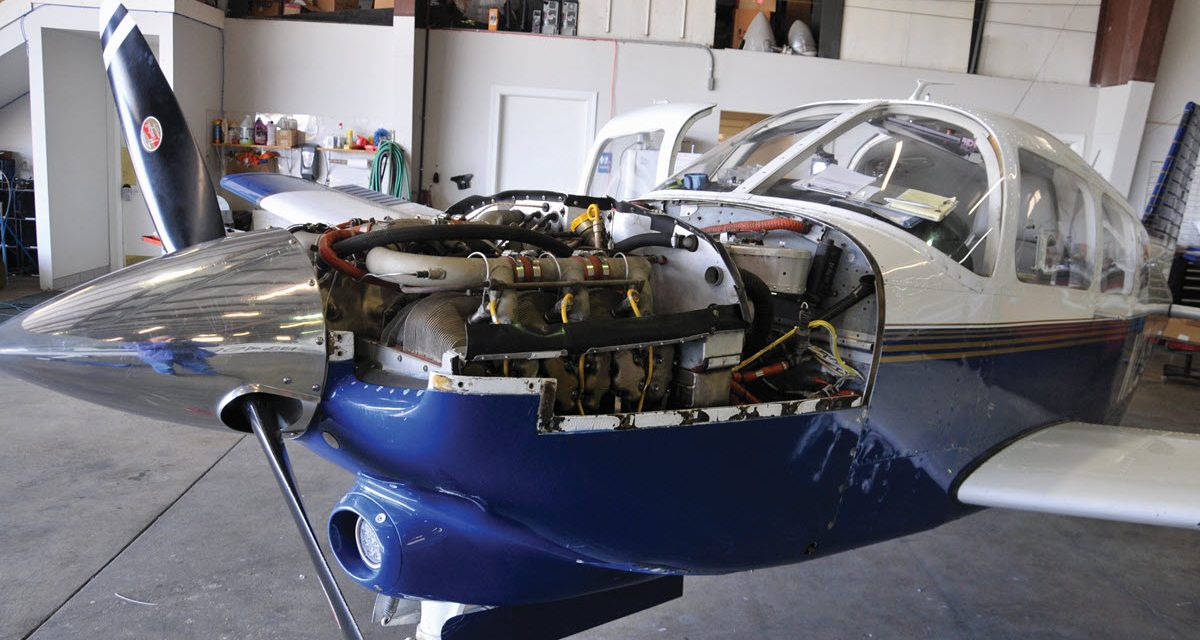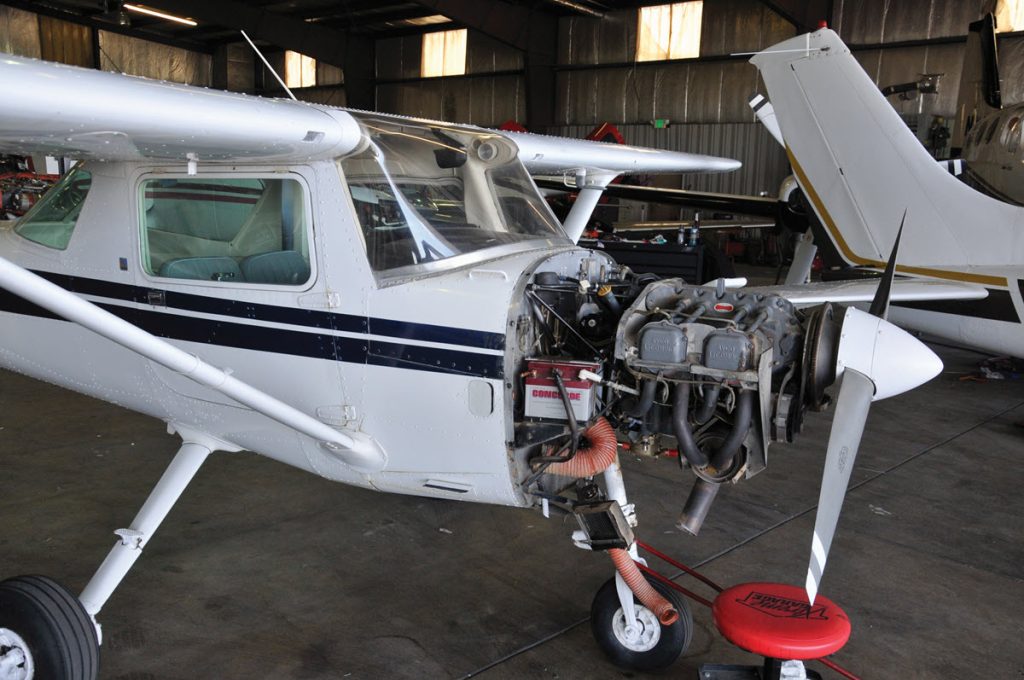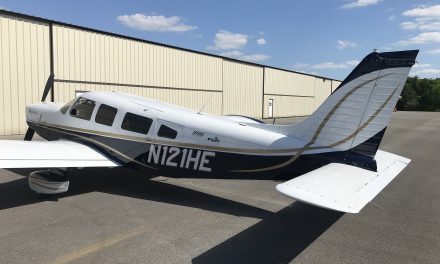Many years ago, I needed a new stove and microwave. The details are sketchy and lengthy but the cooking of a coconut in the microwave necessitated the replacement. Of course, the resulting (really loud) bang put our microwave in the major damage category. My old unit was a one-piece arrangement (range, oven, and microwave), which was popular once, but not now. Its age proved to be a major factor in the decision to replace it. It was just too darn old to buy parts for it. I didn’t discover that fact until the repairman had charged me $100 to open the microwave door (which was jammed shut by the explosion). So, the search for a new unit started.
One thing I started looking for was the old warranty book. Everyone owns a file drawer of warranty books. We see these things with everything we purchase. Hair dryers, software, cars, and aircraft offer a warranty. I figured I might find something in the microwave warranty that would indicate it was an “all risk” type of warranty. Specifically, I was looking for reference to coconut damage being a “warranted” problem and if not, was it excluded?
What I discovered was that the warranty didn’t exist anymore. The manufacturer put in a time limit on my microwave. On top of that, they tried to tell me that the destruction of the microwave was due to a “minor” miscalculation on the part of the operator (pilot error?) and wouldn’t have been covered anyway! What! How could they do that? If they didn’t want coconuts to be cooked in their microwaves, they shouldn’t let people put the recipe on the internet! And furthermore, if they’re going to sell a product, they should stand behind it whatever the operator error is. Right?
The new appliance salesman made a specific point of telling me that he was sure the warranty on the new units I bought would not cover any coconut damage. As if I would try that recipe again anyway. He said it was a very limited warranty that was designed for the replacement or repair of the product, but only due to defects in the design or in the manufacturing process. Apparently, there is no specific language about coconut explosions, but it wouldn’t be covered…unless the microwave had malfunctioned, and it caused the coconut to explode. Say something like the temperature was higher than the unit said, or the timer wouldn’t shut off automatically, etc.
So, I got to thinking. What about all these warranties on aircraft and their components? I know that if you have an accident and you have insurance, the damage should be covered. But of course, repairs to worn-out parts aren’t covered. And what about the engine? If the crank is cracked or the compression is low, is that a warranty item or an insurance item? Or is that just a part of ownership?
What’s the Benefit of a Warranty?
I’m always amazed at how much you can find on the internet. I was able to download a number of manufacturer warranties for review. What I discovered is that they’re not much different from the microwave oven warranty. They talk about defects in materials, workmanship, and manufacture, but nothing about wear and tear, except to exclude anything caused by wear and tear. They also have nothing to do with consumables. Consumables would be items like fuel and oil. So, while on the surface the warranty looks like it’s meant to protect the consumer, it appears to be pretty basic protection for the manufacturer from the consumer.
So what good is a warranty? Actually, it could be very good. When the manufacturing process causes a major defect in a car or microwave, the company usually issues a recall notice. Then the manufacturer can have you bring in the defective item and have it repaired. Sometimes they send out a service person to repair it or the part that needs to be replaced. Sometimes they just give your money back and take the item off the market. It depends on how bad the problem is.
How Warranties Work in the Aviation World
Aviation is a little different. Most defects must be discovered in the field, which means that at 10,000 feet, the pilot discovers that there’s a defect in the crankshaft manufacturing process on the aircraft engine. That, in turn, causes the crankshaft to break and the engine to quit, forcing an off-airport landing and damaging the aircraft.
But who’s responsible for what? In aviation, the pilot would call the insurance company (if they bought coverage) and file a claim. The insurance company would probably pay for any damage caused by the off-airport landing (the accident). But insurance doesn’t repair worn-out parts. It doesn’t pay for repairs caused by defects. It will pay for damage caused as the result of defects. And insurance doesn’t have to make everything new. The insurance just makes it like it was at the time of the accident. So, insurance won’t pay for the broken crankshaft. (If there was a prop strike and that broke the crank, then there would probably be coverage. But not if the crank just failed on its own.)
What’s frustrating about aviation is that after the defect is discovered, the FAA usually issues a “Service Bulletin” (SB) or an “Airworthiness Directive” (AD), and it is then up to the owner to have it fixed. A while back, I received an alternator recall notice on one of our cars. We were asked to bring it in to the dealer so the alternator (if we had the bad one) could be replaced. It was fixed at no charge because the car was still within the warranty period. Aircraft parts are usually the same. If the part is still within the warranty period and a part fails or if the FAA mandates an AD, the company usually repairs the part. There have been rivets missing on the new 172s and they were covered under warranty.
But when the aircraft is old and past the warranty (which is most aircraft on the flight line), there is no free ride. A good example would be the failure of the control yokes on some of the older aircraft. I actually had a customer who was on takeoff when the yoke of his 1964 Cessna 336 fell into pieces in his hands. That would have been quite an experience.
But the aircraft part shouldn’t fail, and the owner shouldn’t be responsible, right? Wrong.
There is no way that a part can last forever. The aviation system is designed to help catch those items that start to fail due to age. That’s what the SB and AD systems are supposed to do. My past includes owning a few old cars. (They were old because they were all I could afford). If they were aircraft, the FAA would have grounded them way before I owned them. But when door handles, radios, seats, and engines failed, I didn’t call the manufacturer and look for replacement. They were old cars. They were past their warranty life (and actually past any reasonable lifespan). So, warranties don’t last forever in the car world, the microwave industry, or in aviation. But they do last for a short time, and it’s worth looking into the warranty before you spend the big bucks and buy the part.
THINGS TO CONSIDER
What’s actually covered?
How long is the warranty? Is it based on hours or years?
Can I choose my own mechanic?
Is the cost of diagnostics covered?
Is the labor to make the repair or replacement covered?
Will the factory need to make the repair?
If the component has to be shipped to the factory, who pays for transportation?
Compare Warranties for Length and Coverage
Whether you’re buying a microwave or an aircraft part, start by looking at the length of the warranty. Most aviation warranties are based on years (months) and hours. For example, engine manufacturers have offered a 24-month warranty or TBO (which can be hours and/or years) on new engines. And aircraft manufacturers have offered “spinner to tail” coverage for something like two years. Extended warranties are possible, although I don’t think they call you as much as the car warranty companies do.
While this sounds good, there can also be a clause in the warranty that this is only for the actual parts manufactured by the aircraft manufacturer. Any other components, such as engine, avionics, and instruments, are warranted by the individual manufacturers, so if the transponder fails and the aircraft is still under warranty but the avionics aren’t … sorry, get out the checkbook!
Also, what’s actually covered? Some manufacturers won’t cover parts used in certain operations or under special conditions, or they might provide different warranties for different parts. For example, the engine cylinders could have a different warranty than the crankcase and lower end parts.
Research the labor costs, too. Does the manufacturer reimburse you for all the diagnostics or troubleshooting needed? If the mechanic works for hours to locate the problem and finally decides it’s a manufacturing problem, does the manufacturer accept that? Probably not. They will likely want the part returned to them for inspection. If they do, who pays for the transportation? Most require prepaid delivery and will only credit the owner if it’s a warranted problem. And if they do agree to pay for the transportation, how much will they pay? Is it by the mile or by the truck? And is there a maximum amount? Will they let you choose the service center?
Finally, it doesn’t matter what you think caused the problem. The warranty won’t be honored unless the manufacturer believes it was their responsibility. That means you’ll have to ship the part and wait for the results. Don’t risk trying to sneak a quick prop strike through as a faulty crankshaft or run the mixture extra lean, making a few shock-cooling dives to the airport and then call it faulty cracking cylinders. The manufacturer has the right to prove it’s their problem, and the warranty says that!







